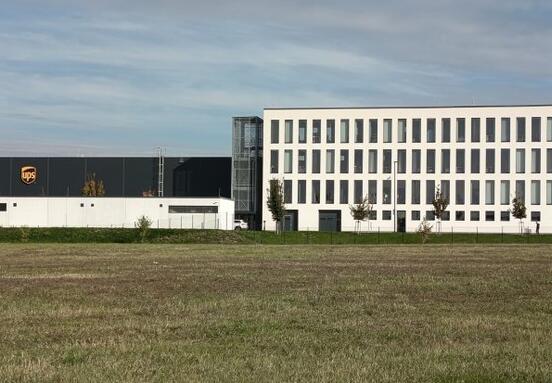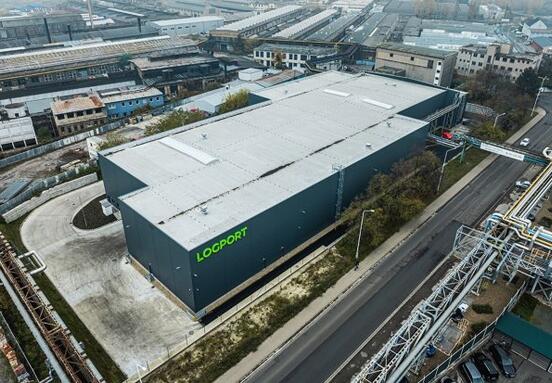Prague, 24 June, 2020 – Office spaces will become a hive of activity in the future as more businesses embrace office designs which promote innovation, creativity and team collaboration, predicts commercial real estate advisors Colliers International.
The EMEA Workplace Advisory team has published its latest report, Exploring the post-COVID-19 Workplace, which evaluates feedback from its global Work from Home survey to discuss future workplace trends.
More than 5,000 respondents from 18 different industries completed the company’s global Work from Home survey, which found support for the continuation of some working from home after the pandemic is over, but also a desire to return to the office to collaborate with colleagues. Some respondents also expressed a preference to having a defined work and home life.
The report concludes that the office is far from dead, but that businesses are likely to embrace more remote working practices in the future.
“The combined office work with remote work will change the purpose of the core office for companies – the trend which was seen already before Covid-19 and was only accelerated,” said Jana Vlkova, Head of Workplace Advisory at Colliers International Czech Republic. “The office will be the place to meet and collaborate with colleagues, they will support employees’ creativity and innovative thinking and allow the employees to live the corporate culture and community. All important functions for employees’ engagement and job satisfaction.”
Key findings from the report show collaboration between respondents is still paramount
Most respondents say they can collaborate and meet better in the office than from the home.
Next to the ability to collaborate with colleagues in person, what people miss the most from the office is bumping into colleagues, work-life and home-life separation, non-work related conversations with colleagues and spontaneous meetings.
Only 12% of respondents would like to work more than 4 days from home. There is still the understanding of the importance of the office space and the desire to leave the home.
The highest number of all respondents would ideally go to the office at least three days a week in all age categories. The strongest desire to go to the office shows the age group of 21-30.
More evidence that we miss socializing: respondents from age groups 21-50 show they are meeting virtually with their colleagues at fixed times, while the youngest age group is having the most ‘social’ virtual breaks with colleagues.
Living arrangements have an impact on productivity: Respondents with children and room mates show a more pronounced productivity decrease and lower increase.
The highest productivity decrease is identified in the Education and Research sectors, followed by the Media and Legal sector.
Respondents in Media, Automotive, Legal and Education and Research sectors are slightly less positive regarding the ability of their managers to manage virtually compared to other sectors.
The report compares data from EMEA, North America, South America and Asia Pacific regions highlighting the most interesting differences, eg that the respondents from Northern America and Western Europe worked significantly more from home before COVID-19 compared to other EMEA subregions.
Improving the home office set up
It is expected that employees will upgrade their home workplace significantly. With a push to work from home, employers will have an important role in ensuring that employees have the right ergonomic set-up. The sales of garden offices/cabins has tripled since COVID-19.
Technology to optimise virtual interaction
Finding the right tools to stay connected to master remote work has become paramount. Even though most organisations have found the transition quite seemless, currently digital communication can’t replace the richness of face-to-face interactions and a handshake. The inability to effectively show qualities and emotions associated with face-to-face interaction in telepresence tools is a significant downsize.
Managing distributed teams and enabling separation between work- and home life
Different people require different management styles and managing distributed teams can not be perceived with one size fits all approach. Some people work better autonomously, while some require more control in order to be productive. For these people home office could lead to potential decrease in productivity. Managing a distributed team has always been challenging for managers as it involves a transation from an attendance based management to an outcome based management style, as well as developing a culture of trust.
Over 50% respondents miss the office as a way to separate work life and home life. Living and working in the same environment can be challenging to switch off from work, which can lead to significant stress levels.
The office is not dead, in fact, the opposite is expected. However, the increased working from home will change the size and functionality of offices. Offices will become more vibrant and more collaborative than ever.








